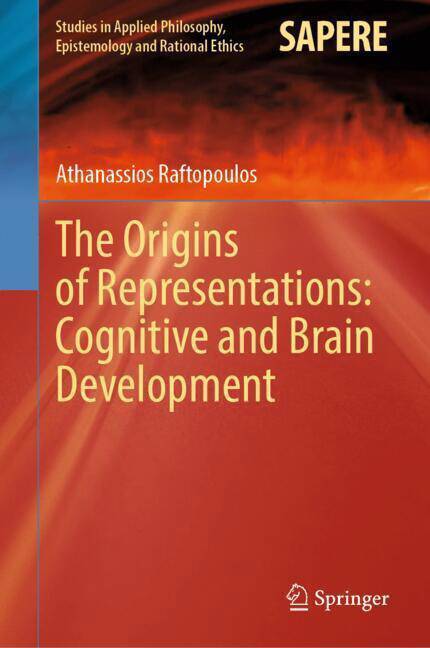
- Retrait gratuit dans votre magasin Club
- 7.000.000 titres dans notre catalogue
- Payer en toute sécurité
- Toujours un magasin près de chez vous
- Retrait gratuit dans votre magasin Club
- 7.000.0000 titres dans notre catalogue
- Payer en toute sécurité
- Toujours un magasin près de chez vous
The Origins of Representations: Cognitive and Brain Development
Athanassios Raftopoulos
259,45 €
+ 518 points
Description
This book provides an account of the origins and development of iconic and symbolic representations in our evolutionary lineage, the hominis, and of the cognitive capacities and brain structures that support such a development. At first, it introduces the three basic types of signs, such as indices, icons, and symbols, used by most animals, including apes and hominins, for communicating and interacting with the environment, and discusses the differences among them. In turn, it explains the evolution from non-representational indices to iconic, first, and then symbolic representations in terms of the evolution of the cognitive capacities in our lineage. The main emphasis is on the cognitive capabilities that support the use of these types of signs, such as attention, executive functions, and working memory, among others. The discussion centers on determining these capacities, and how and why these capacities evolved in the phylogenesis of hominids. Further, evidence from psychology and neuroscience are used to shed light on the development of these capacities in hominins, together with knowledge about the basic brain structures supporting these capacities, such as the prefrontal cortex, and their development at the ontogenetic and phylogenetic scales. All in all, this book offers a theory of the development of our representational arsenal from its beginnings characterized by simple signs to its modern form made of highly abstract symbols.
Spécifications
Parties prenantes
- Auteur(s) :
- Editeur:
Contenu
- Nombre de pages :
- 250
- Langue:
- Anglais
- Collection :
- Tome:
- n° 73
Caractéristiques
- EAN:
- 9783031912122
- Date de parution :
- 19-06-25
- Format:
- Livre relié
- Format numérique:
- Genaaid
- Dimensions :
- 165 mm x 237 mm
- Poids :
- 539 g

Les avis
Nous publions uniquement les avis qui respectent les conditions requises. Consultez nos conditions pour les avis.






